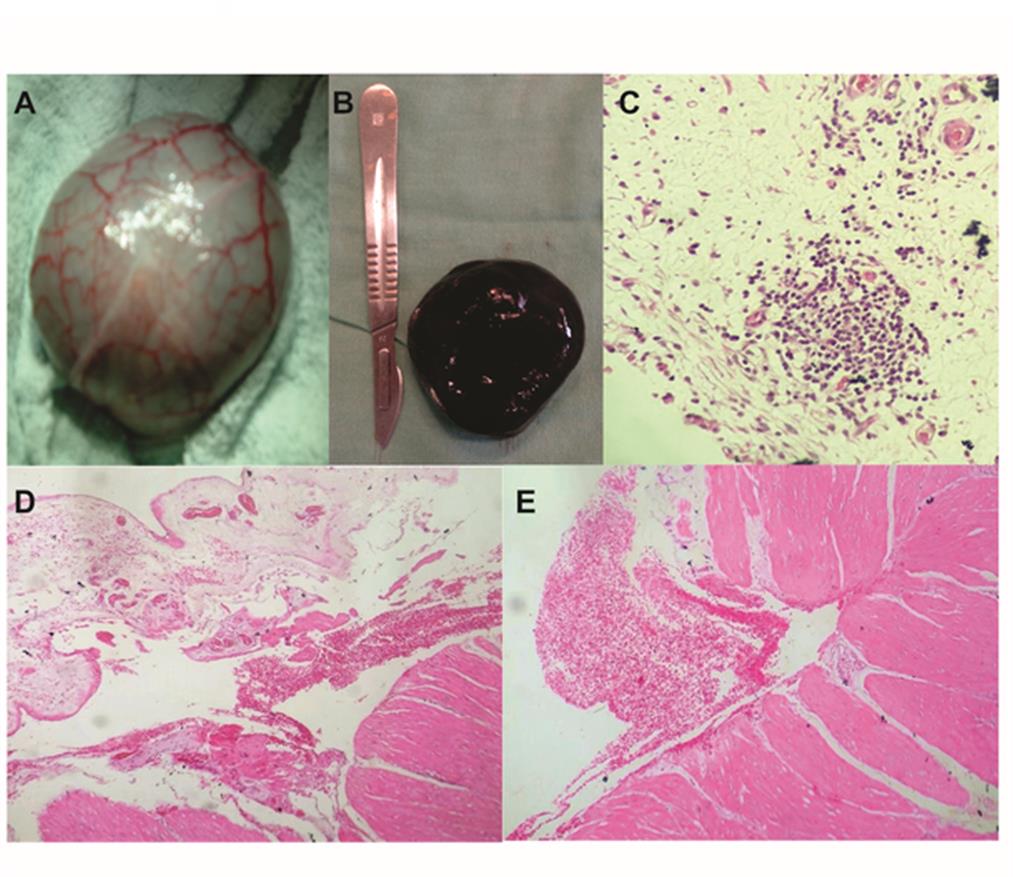Lymphoplasmacytic hemorrhagic cystitis in dog: case report
DOI :
https://doi.org/10.21708/avb.2021.15.1.9320Résumé
Hematuria is a relatively common manifestation in dogs and cats when secondary with urinary tract disorders, such as bacterial cystitis and urolithiasis, your treatment is limited to treatment of the primary cause. However, when the hematuria is persistent or capable of causing significant haematological disorders, other causes less common should to be investigated. A 12-year-old, male pit bull dog, was admitted presenting intense hematuria for the last 10 days. Laboratory tests showed intense normocytic and normochromic anemia, hypoalbuminemia and albuminuria associated with intense hematuria. The ultrasound images reveled presence of structures compatible with blood clots and increased wall thickness and irregularity of urinary bladder. The bladder wash cytology suggested chronic cystitis. Due to results of de laboratory tests and bladder US images, started treatment which antibiotic therapy associated with blood transfusions were maintained until histopathology results. During the biopsy surgery it was observed The bladder wall was thicker and richly vascularized, with normal elasticity and absence of masses or polyps on the inner and outer wall. Histopathological examination revealed thickening of the muscular layer, hemorrhage and diffuse hyperemia between muscle fibers and lamina propria, intact and ruptured capillaries filled with red blood cells, and a discrete multifocal infiltrate of lymphocytes and plasma cells in the lamina propria. Based on the histologic findings the diagnosis was hemorrhagic lymphoplasmacytic cystitis, a rare and very aggressive disease, with similar descriptions in humans, but not in animals.
Téléchargements

Téléchargements
Publié-e
Numéro
Rubrique
Licence
Autores que publicam na Acta Veterinaria Brasilica concordam com os seguintes termos: a) Autores mantém os direitos autorais e concedem à revista o direito de primeira publicação, com o trabalho simultaneamente licenciado sob a Licença Creative Commons Attribution que permite o compartilhamento do trabalho com reconhecimento da autoria e publicação inicial nesta revista. b) Autores têm autorização para assumir contratos adicionais separadamente, para distribuição não-exclusiva da versão do trabalho publicada nesta revista (ex.: publicar em repositório institucional ou como capítulo de livro), com reconhecimento de autoria e publicação inicial nesta revista. c) Autores têm permissão e são estimulados a publicar e distribuir seu trabalho online (ex.: em repositórios institucionais ou na sua página pessoal) a qualquer ponto antes ou durante o processo editorial, já que isso pode gerar alterações produtivas, bem como aumentar o impacto e a citação do trabalho publicado (Veja O Efeito do Acesso Livre).


 Esta obra está licenciada com uma Licença
Esta obra está licenciada com uma Licença 